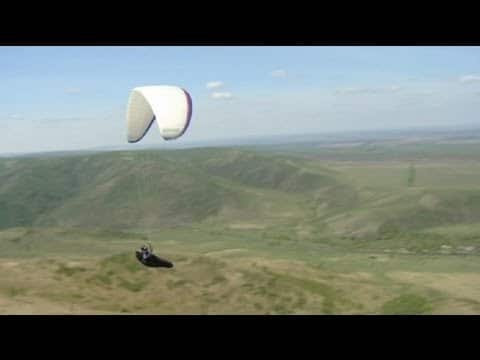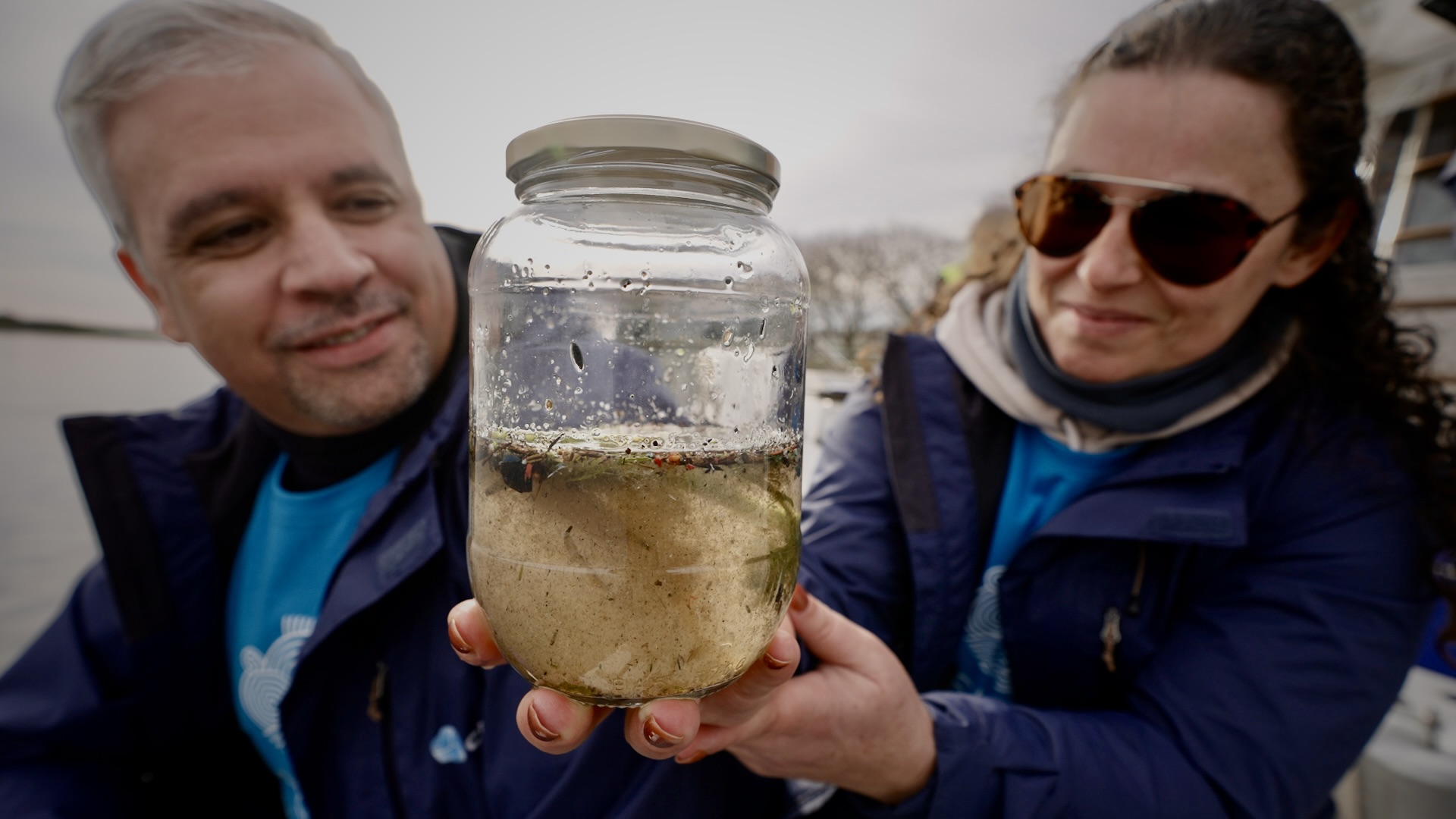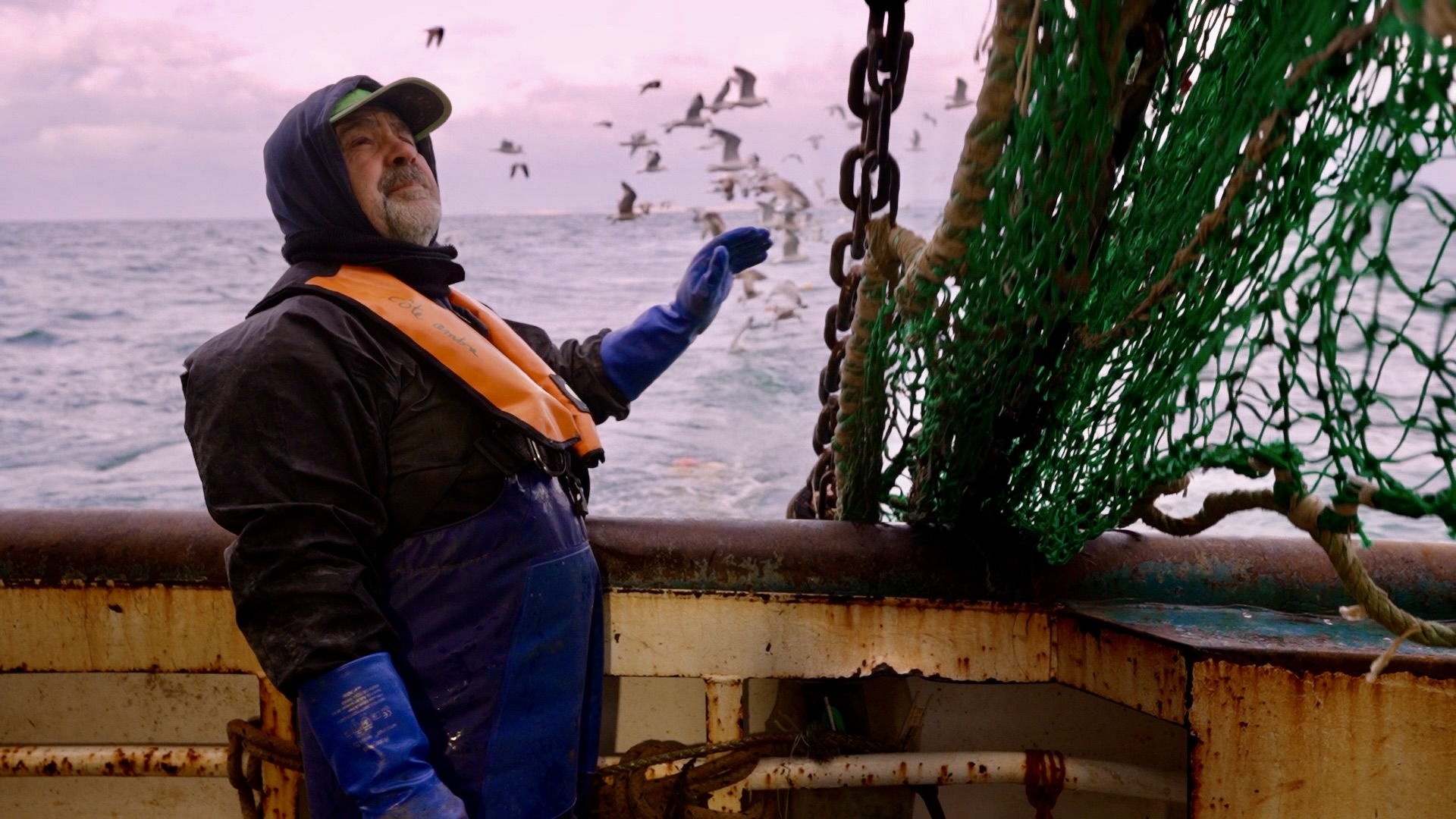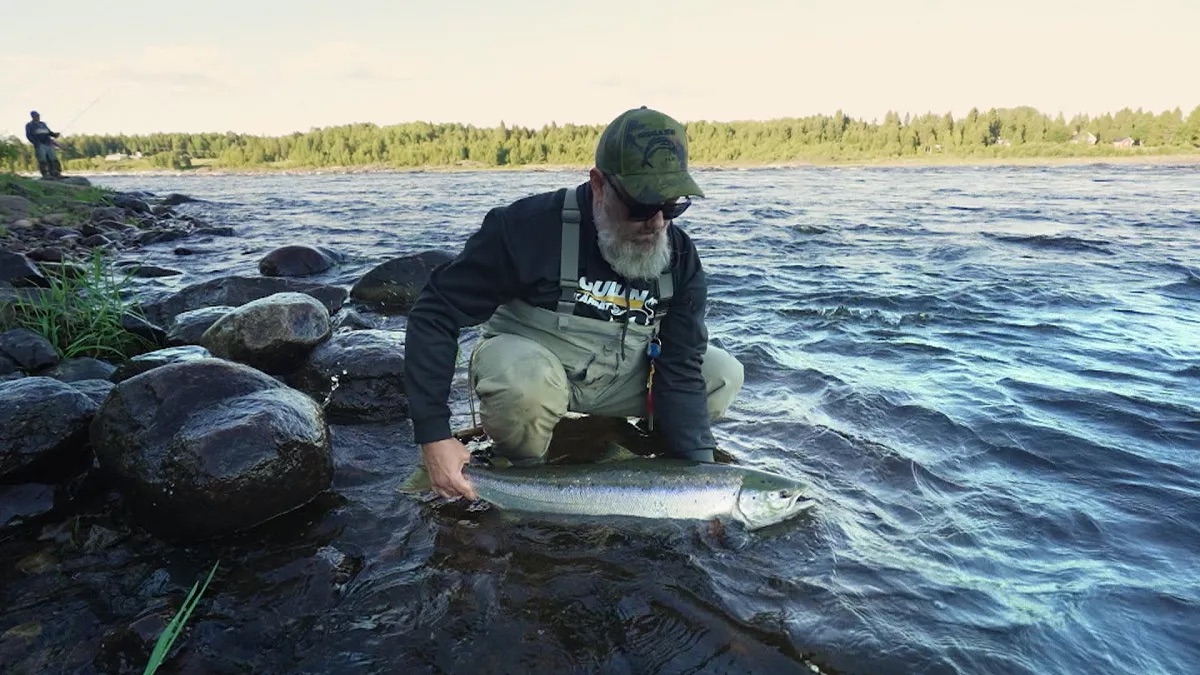In the south of Siberia, where Russia comes together with Kazakhstan, Mongolia and China, lie pristine lands where people try to live in harmony with nature. In this issue of “Russian Life” we travel to Altai.
The landscape is striking. Taiga, tundra and deserts surround the snowy mountains. This diversity is shaped by the Altai mountain range that stretches for nearly 2,000 kilometres between two climate zones. So all kinds of nature lovers come to Altai, including paragliders.
“When I tell people I’m sorry for the lack of decent roads around here, many reply – that’s fine, better keep it that way, we’re fed up with driving on tarmac, there’s nothing wrong with a little walk,” explains Vladimir Milov, a paragliding instructor.
Some come for trekking and hiking, others for fishing or rafting in the rivers fed by Altai glaciers, for climbing or horse riding.
This pristine Altai nature was cherished as sacred by nomadic peoples who inhabited these lands from ancient times. The local tribes, followers of Shamanism, worshipped spirits they saw in mountains, rivers, trees and everywhere in nature.
Ludmila Menyailova is a guide at the Novotyryshkino Heritage Centre. “Altaians have always said that in every living plant there is a spirit, a soul, and for them that was essential,” she says.
The locals still preserve some of this reverence. Though several areas are now being turned into huge resorts, most of the region remains untouched by civilisation. The horse is still the usual means of transport on roads which are impassable for most vehicles.
The Altai factfile
- The Altai ecoregion covers 845,000 square kilometres
- It’s located at the junction of Russia, Kazakhstan, Mongolia and China
- The nearest cities are Barnaul, Gorno-Altaysk and Novosibirsk
- The flight time from Moscow is 3.5 hours
- A vast area of the region comprises aUNESCO World Heritage Site entitled “Golden Mountains of Altai”
The word “Altai” comes from “gold” in Mongolian. The middle of May is the beginning of spring time in the Golden Mountains that bloom with wild herbs and flowers. People gather many of the plants and berries and use them as natural remedies.
The numerous caves in the Altai Mountains are witnesses of this area’s long archaeological history. The complex labyrinths of interconnected rooms and man-sized passages seem artificially made – in fact, remains of some of man’s earliest ancestors have been discovered in the caves. But all these caves have been formed naturally by currents of water digging into the limestone layers in early geological times, when this area was the bottom of an ocean.
Today, the diversity of wild plants and the mild climate in the mountainous regions of Altai make it a beekeepers’ El Dorado. The local honey is widely believed to be the most delicious in the country.
“There are no factories, no polluting industries for 200 kilometres around here. People always come to enjoy our honey, and ask to reserve some for their return next time. We don’t produce much, of course, but there’s enough for everybody. Please come and see us!” said Slava Medovukha a beekeeper.
As the spring takes hold in the Altai valleys, the mountain tops are still covered in snow. The Tserkovka mountain rises over Belokurikha, the main resort town, famous for its healing radon springs. The summit of the mountain, crowned with stone monoliths of volcanic origin, has been the holiest place of worship to the powers of Altai nature.
“This place makes your soul rise and sing. All the troubles, all the pains are healed by these mountains. This is what makes them different from any other mountains in the world,” says
Tamara Batuyeva, Director of Belokurikha History Museum.
In our next issue, we’ll be in a Volga region embracing two historical traditions and two cultures – Tatarstan.
Traveler’s Diary: Altai
In our continuing journey across the largest country in the world, we’ve seen many beautiful places – the amazing purity of Lake Baikal, the great Volga River, the icy volcanoes of Kamchatka. But the peaceful landscapes of Altai, with the endless rows of hills and mountains fading in the horizon, are genuinely unforgettable.
It’s no wonder that many locals seem to have kept the mystic reverence towards the nature that shaped the spirituality of aboriginal tribes, still living in remote villages around the area. The natural healing properties of radon-enriched water sources, plants and animal parts, such as the cultivated horns of local red deer, have been acknowledged for their medicinal qualities and are widely used at local resorts for therapeutic baths or herbal teas. But for the locals, this is just one of the manifestations of a sort of metaphysical “energy” that they believe flows between the mountain peaks, cedar trees, rivers, valleys and the outer space.
Numerous tales of shamanistic curses and extrasensory revelations are routinely told. Influenced by Russian mystic philosopher Nicholas Roerich, this kind of new age thinking seem to coexist with the predominant Orthodox Christianity.
However, most of those visiting Altai are looking for something very real – it’s an easily reachable escape from the concrete jungle for people living in Barnaul or Novosibirsk, a few hundred kilometers away from the heart of the mountainous region, and a favourite adventure travel destination for tourists from all around the country. Local rivers are among the best for rafting practice, mountains are a paradise for climbers and hikers, and, conveniently, there aren’t many mosquitoes that can really spoil the vacations in the Northern Siberia.
For local towns and villages that lack any industry except agriculture, the inflow of tourists is the main source of income. Whole villages are for rent – traditional Russian log cottages look surprisingly comfortable and feature satellite television; for those ready to pay more there are vast luxurious resort areas with hotels, swimming pools and helipads being built in some of the most picturesque areas along the Katun river.
“We had to sacrifice some pristine corners to direct the flows of tourists, or else they would bring uncontrolled pollution all around the place” , – a local official explained as he drove us through an immense construction site that used to be a magnificent forest. “It’s good to see how the place gets more civilized. But also a little sad.”





